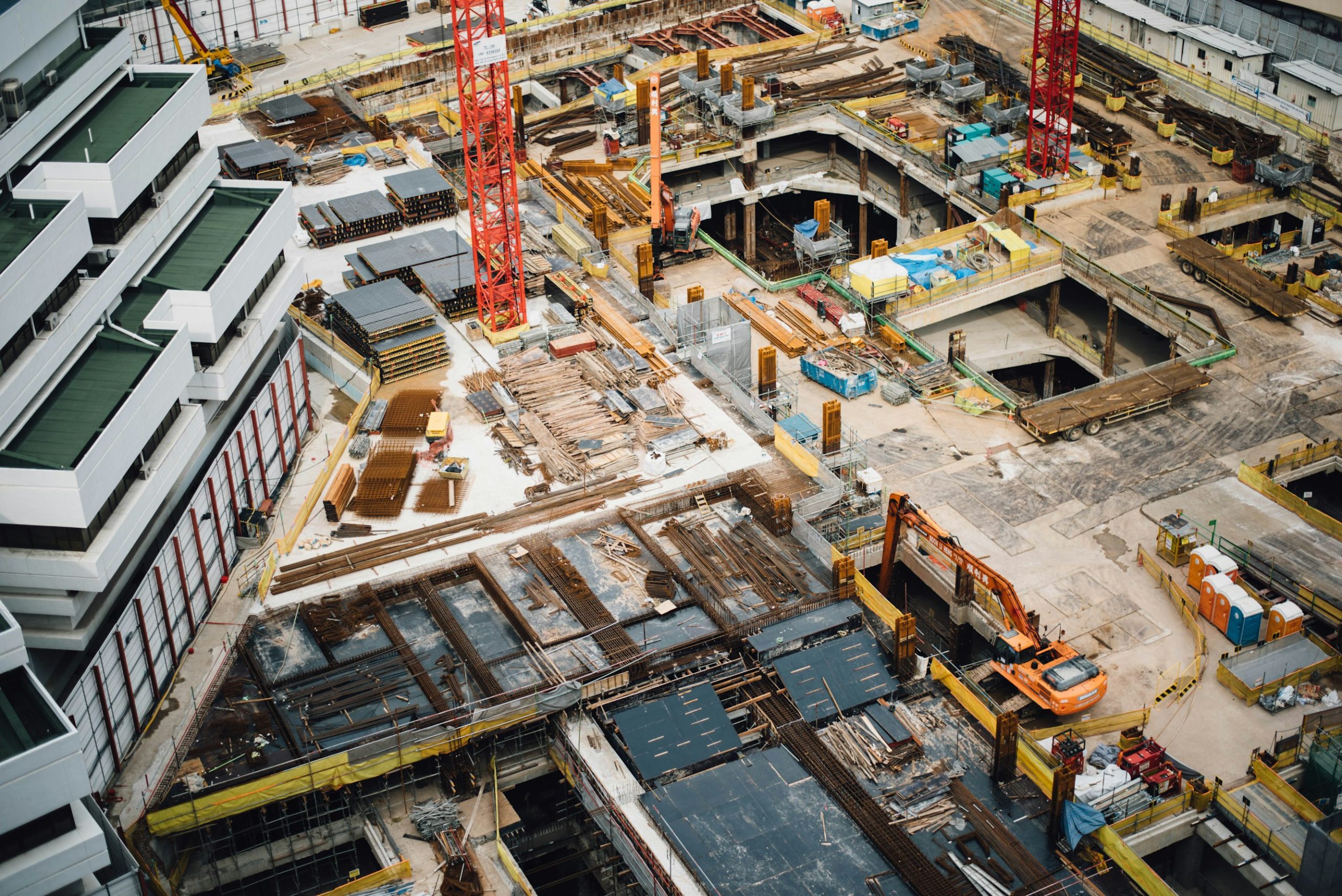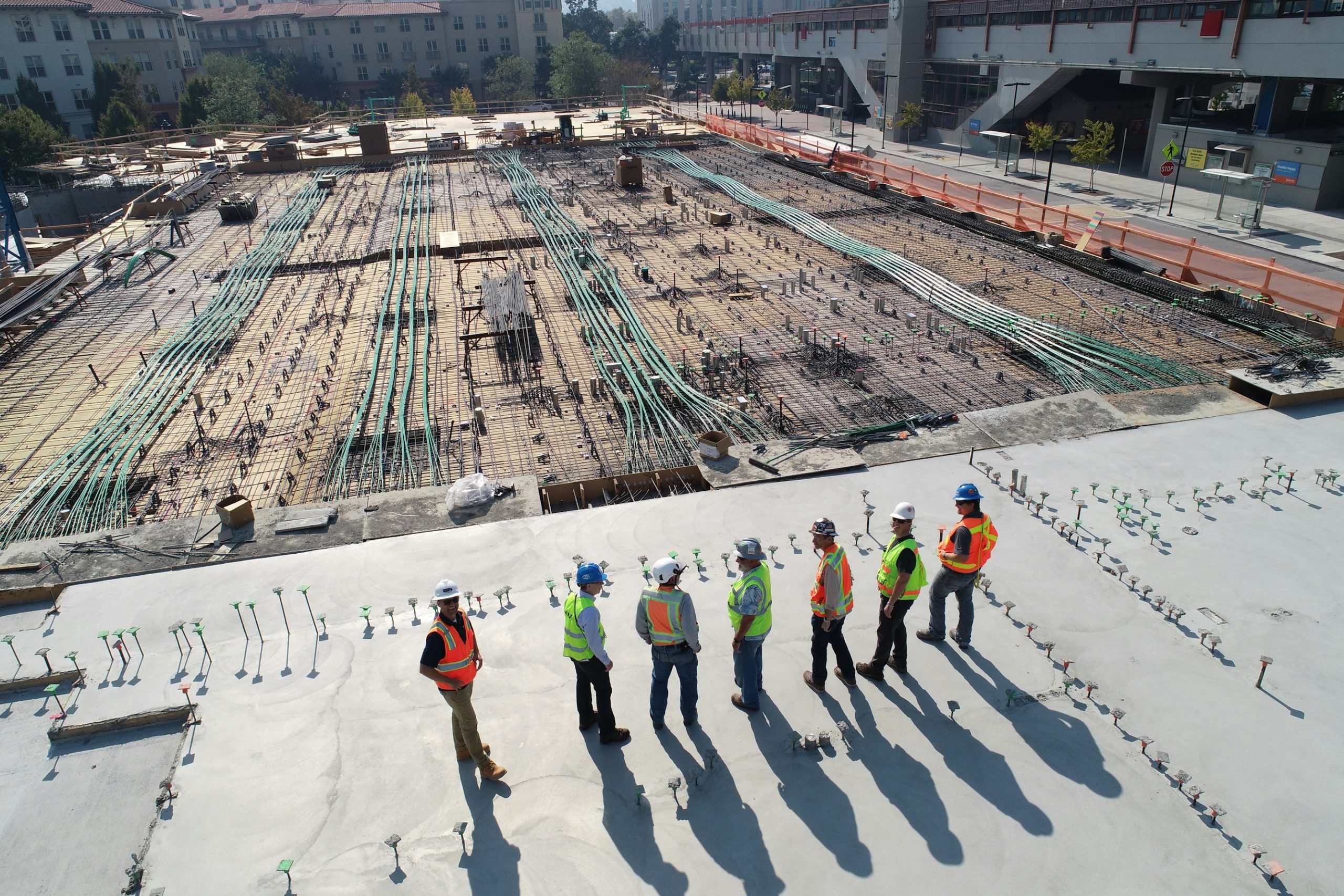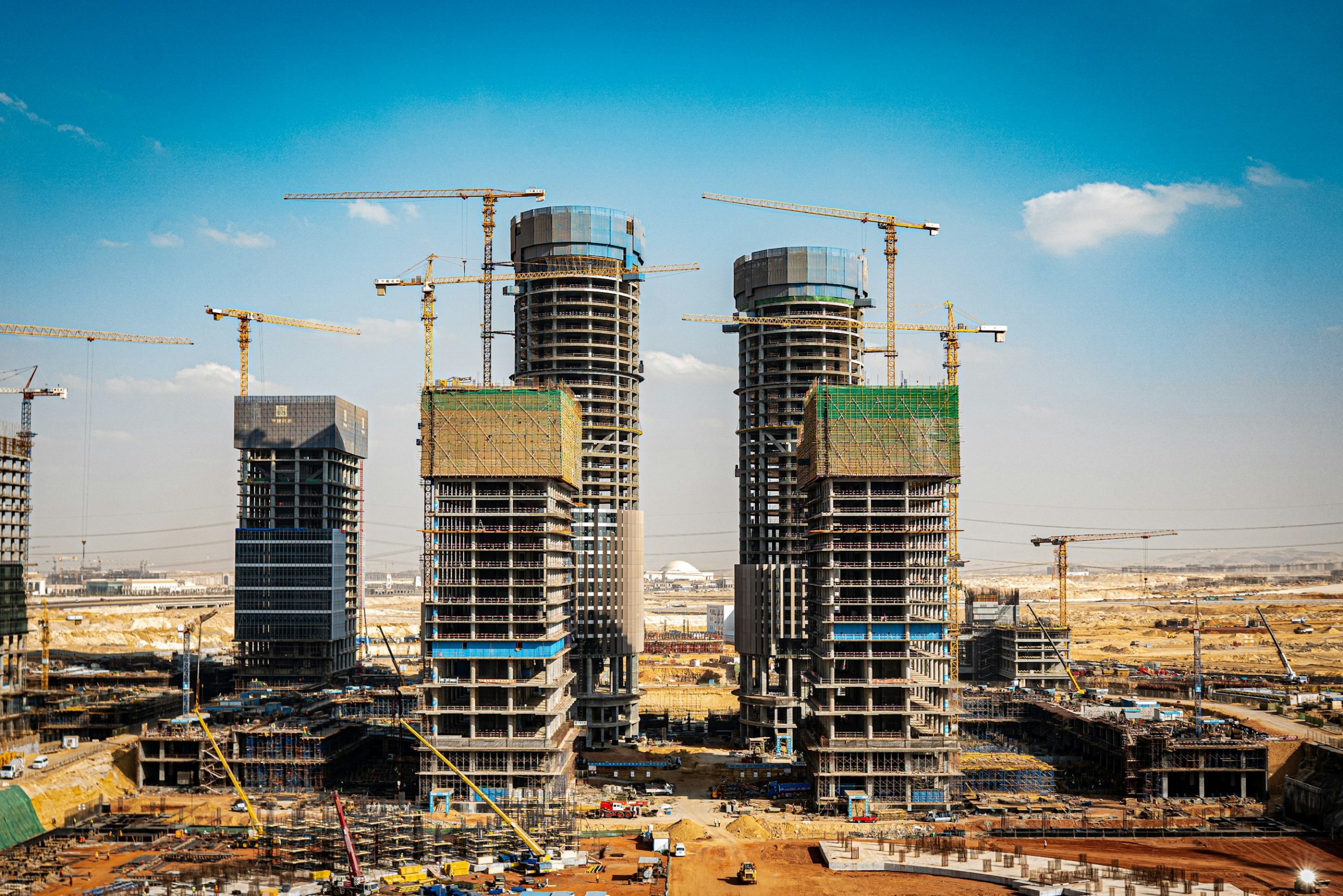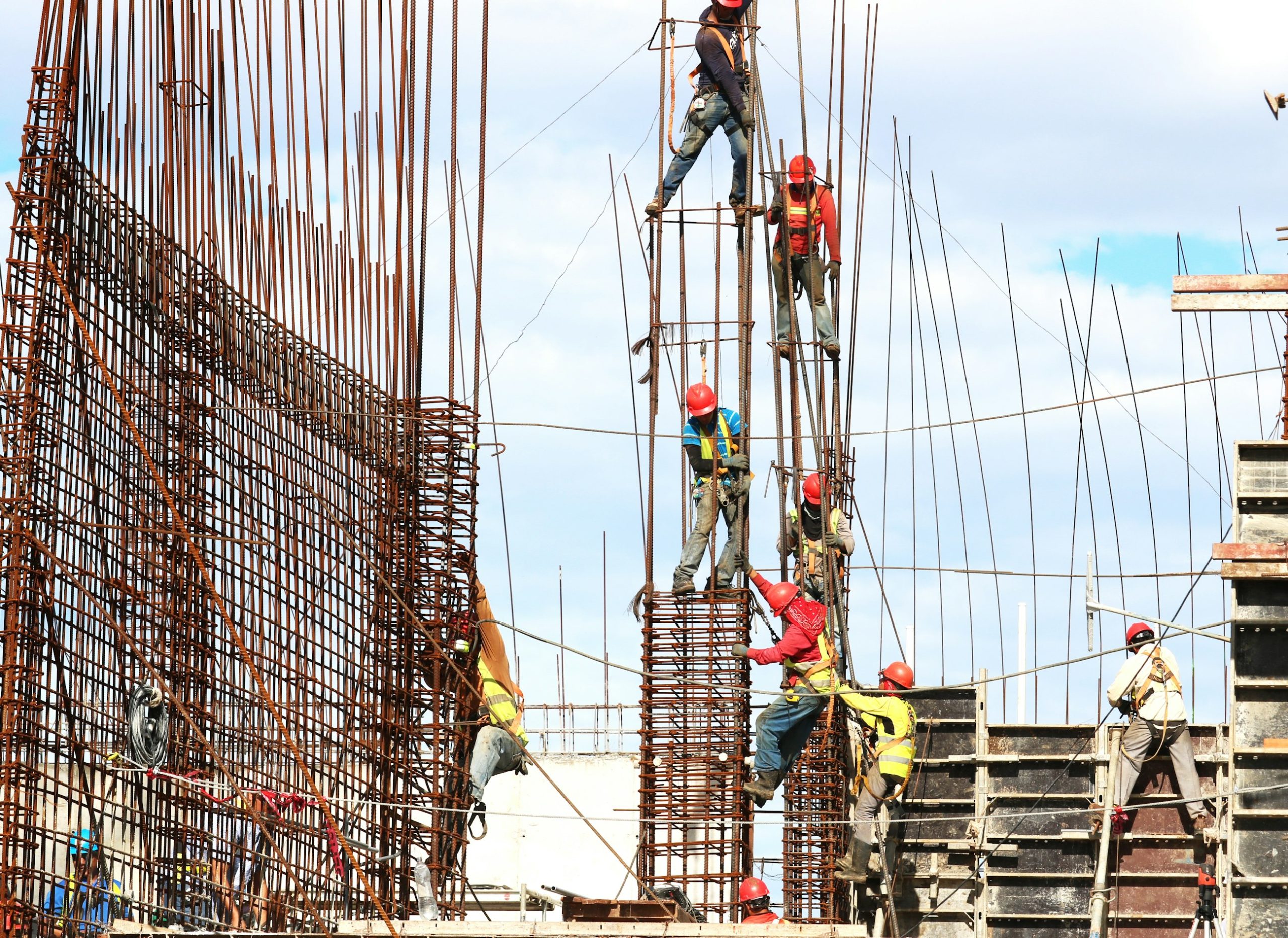Zepth’s AI Risk Tracker vs. Manual Spreadsheets: A Data-Driven Comparison
Introduction
Risk management is a critical component of construction projects, impacting project outcomes significantly. The choice between using AI-powered tools like Zepth’s AI Risk Tracker and traditional manual spreadsheets can determine the success of a project. This blog post offers a detailed comparison between these two approaches, illustrating the unique advantages of AI-driven risk management.
Key Concepts
AI-Powered Risk Management with Zepth
- Predictive Analytics and Risk Identification: Zepth’s AI-powered tools leverage predictive analytics to identify potential risks before they materialize, facilitating proactive risk mitigation strategies. The system excels at real-time data analysis, understanding trends from historical data, and making informed predictions regarding safety concerns and project delays.
- Real-Time Monitoring and Alerts: The continuous monitoring capabilities of Zepth’s AI solutions utilize sensors and cameras on job sites to identify unsafe conditions or behaviors, sending immediate alerts to project managers, thereby ensuring timely corrective actions.
- Enhanced Decision-Making: AI provides valuable data-driven insights that enhance decision-making processes, effectively reducing the likelihood of human error associated with traditional risk assessments.
Manual Spreadsheets
- Reactive Approach: Manual spreadsheets primarily rely on historical data and periodic updates, making them more reactive than proactive in terms of managing risks compared to AI-powered solutions.
- Limited Scalability: As construction projects grow in complexity, manual spreadsheets can become cumbersome, leading to errors and oversight that diminish their effectiveness.
- Lack of Real-Time Data: The inability to offer real-time data analysis or alerts impedes quick responses to emerging risks.
Use Cases
Zepth’s AI Risk Tracker
- Construction Safety: AI-driven tools effectively identify safety hazards, such as unsecured scaffolding or workers not wearing required PPE, ensuring compliance with safety regulations and fostering a safer work environment.
- Project Planning and Execution: Zepth enhances project planning and execution through comprehensive risk assessments, facilitating proactive resolution tactics that prevent unanticipated issues.
- Resource Management: Advanced data analytics within Zepth assist in optimizing resource allocation, ensuring effective waste reduction while maintaining project timelines.
Manual Spreadsheets
- Small-Scale Projects: For simpler, smaller projects, manual spreadsheets might suffice, as the risk landscape tends to be less dynamic.
- Initial Risk Assessment: They may serve utility for early-stage risk assessments but lose efficacy as project complexity advances.
Best Practices
Implementing AI-Powered Risk Management
- Integration with Existing Systems: Ensure that AI tools integrate seamlessly with other technologies such as IoT and robotics, enhancing overall project efficiency.
- Centralized Data Hub: Utilizing a centralized hub for data sharing enhances communication and collaboration among stakeholders.
- Continuous Monitoring: Employing real-time monitoring capabilities results in proactivity in maintaining a safe and efficient work environment.
Transitioning from Manual Spreadsheets
- Gradual Implementation: Transition gradually from manual systems to AI-powered tools, allowing for smooth adaptation among project teams.
- Training and Support: Ensure that comprehensive training and ongoing support prepare team members to effectively utilize the new tools.
Emerging Innovations
Advanced Predictive Analytics
Zepth’s tools are continuously integrating advanced predictive analytics, enabling more precise risk assessments and mitigation pathways. As the construction industry embraces digital transformation, projects can transition from outdated, manual methods to efficient, AI-driven workflows.
Integration with Emerging Technologies
The combination of AI with emerging technologies such as IoT, robotics, and blockchain can further enhance the effectiveness of risk management in construction projects, elevating standards of safety and efficiency.
How Zepth Can Help
- Comprehensive Project Management: Zepth provides a robust platform that supports enhanced project planning, execution, and monitoring through its AI-powered risk management tools.
- Enhanced Collaboration and Communication: A centralized hub facilitates efficient data sharing, thereby improving collaboration among all project stakeholders.
- Customized Risk Reports: With Zepth’s Construction Progress Report Tool, continuous risk monitoring and customized reporting keep all parties informed about current status and potential issues.
In conclusion, leveraging Zepth’s AI Risk Tracker allows construction projects to transition from a reactive mindset to a proactive risk management approach. Enhanced safety, efficiency, and overall project success are achievable through the integration of AI technology into construction management practices. For more details on how Zepth can enhance your project outcomes, explore our comprehensive project management tools, and discover implications of AI in construction.




